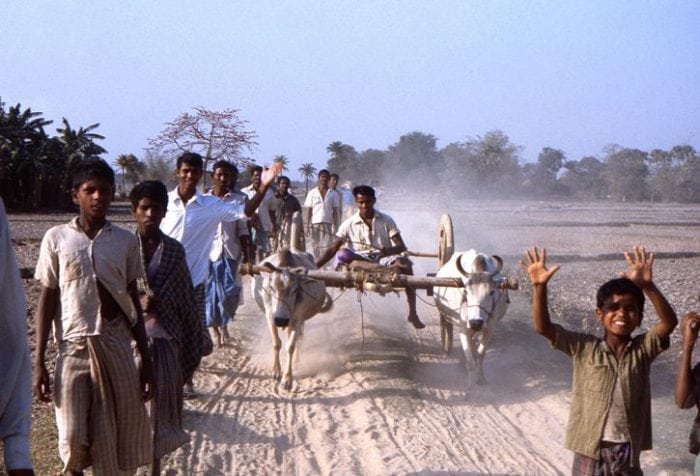
Bangladesh is currently facing the world’s worst case of mass arsenic poisoning. The country uses groundwater to meet a vast amount of the populations’ water needs. Using groundwater is generally seen as more reliable and often provides water of better quality compared to surface water.
However, even though groundwater boasts a number of advantages over surface water, it does come with a number of possible risks, particularly that of arsenic (As) contamination. Large-scale As contamination of groundwater has been reported in a number of countries, with the most severe cases of As contamination existing in Asia, particularly Bangladesh.
According to survey data collected between 2000 and 2010, approximately 35 to 77 million people in Bangladesh have been chronically exposed to arsenic in their drinking water. Consuming arsenic-contaminated drinking water can cause a number of chronic health effects including; skin lesions and skin cancer, vascular and cardiovascular diseases, hypertension, respiratory diseases, internal malignancies, diabetes mellitus and a range of neurological effects.
There is no doubt that the source of the wide-spread arsenic contamination seen in Bangladesh’s groundwater is geological. The majority of the highly As-contaminated aquifers in Bangladesh can be found in the Bengal delta plain, the Ganges delta, the Meghna floodplain and the Sylhet basin. These areas consist of middle Holocene strata which are formed of peat layers along with silty sand and clayey deposits.
Remediation Methods
A number of strategies do exist though which could help combat the current issues seen. Eventually working to provide Bangladesh with a source of drinking water which isn’t contaminated with As, or with harsh pathogens commonly found in the surface waters.
Candle filtration refers to a type of water filter put forward as a short-term method to reduce arsenic exposure. A candle filter works by first pouring the contaminated water into a basin, which then filters through a tube (candle), and out into another basin below. This method has a number of advantages, the main ones being that the candles are easy to maintain and repair (no special tools required) and that they can be installed in every house.
It has also been argued that installing pipelines into the Pliocene aquifers found in the Hill tract regions of the country could be used to supply the country with a clean and safe drinking source, as these strata indicate no signs of arsenic contamination. However, the aquifers present likely lack the recharge rate required to supply an entire country with drinking water for the foreseeable future.
The treatment of surface water sources has also been considered as a viable longer-term option. This would involve the water being filtered and chlorinated, then either stored for distribution or potentially bottled. Bangladesh has a tropical monsoon climate which hosts annual rainfall between 1000-2000mm. Furthermore, Bangladesh contains a number of major rivers including the Ganges, Brahmaputra, Meghna and their tributaries. Therefore, it is reasonable to consider that Bangladesh possesses enough surface water to meet the needs of its 165 million people.

pixnio.com
The Catch
Unfortunately, due to the countries weak economy, none of the strategies would be affordable. Even the use and replacement of candle filters is unaffordable in a number of rural areas within the country. However, there is hope.
If the country was able to attract the attention, and funding, of wealthier nations, and the World Bank, it would be able to utilize their vast resources to put an end to the worst environmental disaster in recent human history and end the poisoning of its people.









